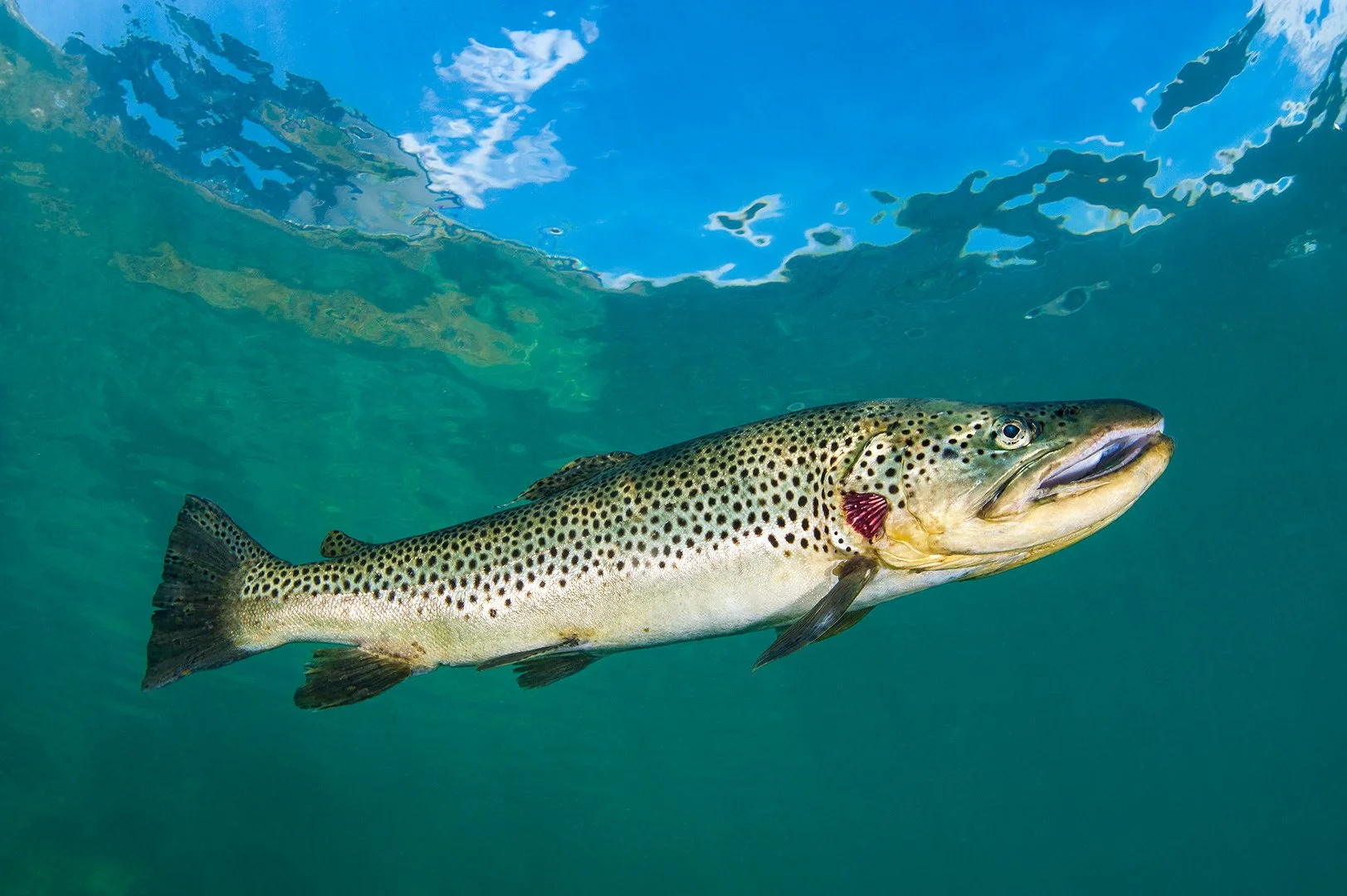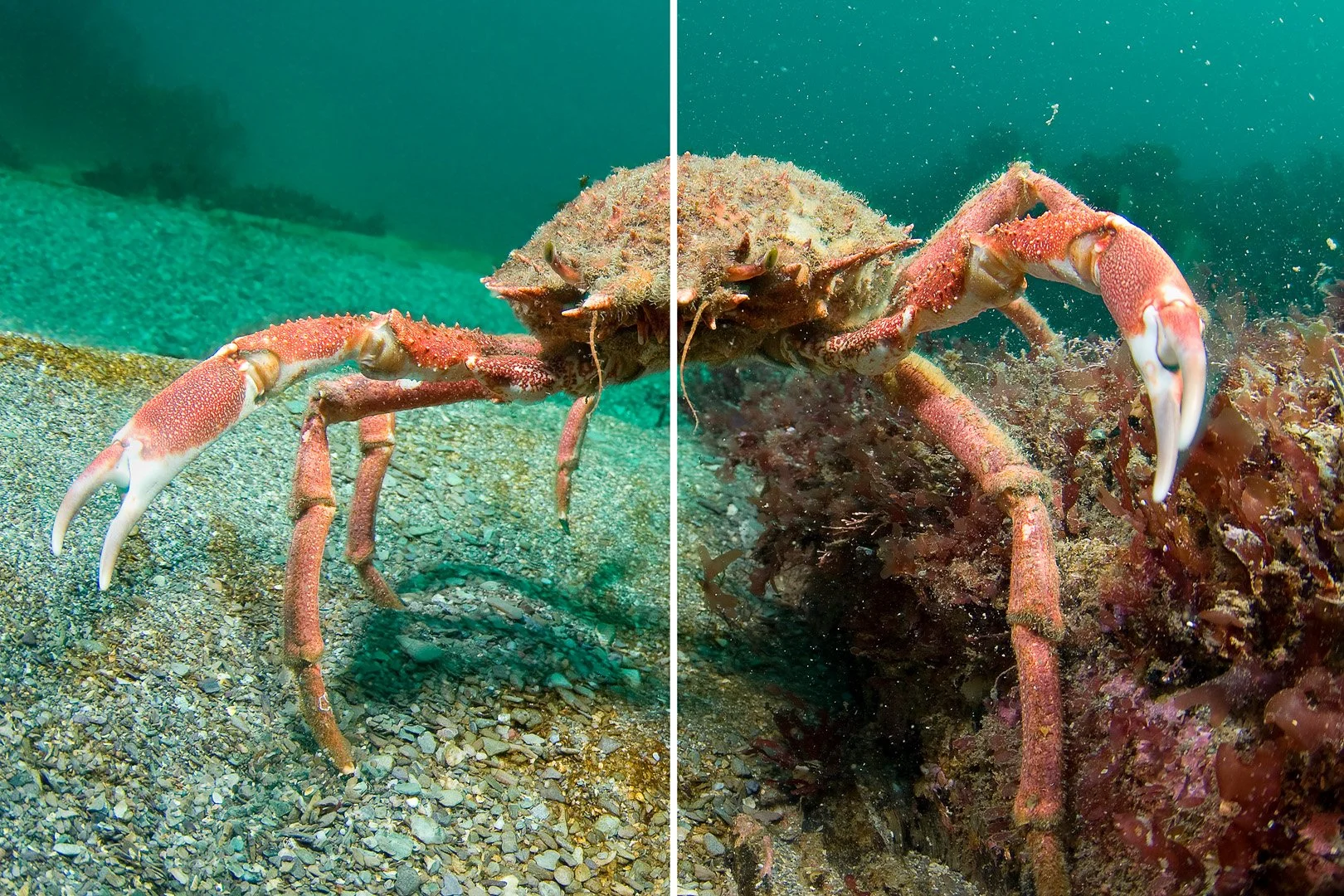Rule update: Backscatter edits in underwater photos
We’ve updated the competition rules to amend the amount of processing allowed for underwater photographs with regards to backscatter. Read on for our new guidance.
Typically, BWPA has a rule that restricts the removal of elements from a photo to “nothing beyond the lens.” This means that only sensor spots and lens dirt can be removed, but anything beyond that must remain in the frame.
For underwater photography, we recognise that backscatter is a problem and its removal is commonplace within the underwater community.
With the UK waters being particularly murky with relatively poor visibility, we have updated our view with regards to the amount of editing we will permit in an underwater photo.
Minor backscatter removal
We will now allow minor cleaning of backscatter from images. What is determined as minor will be decided by the judging panel, but we advise you to ensure that your images reflect the environment in which they were taken.
For example, removal of a large blob of backscatter in the foreground would be permitted. But removing every speck of backscatter from an image taken in a particularly silty environment would be too far.
The removal of backscatter should be viewed like the removal of lens dirt in a terrestrial environment.
We can’t give you advice on your specific image as to whether or not it is too much. The key thing is to not deceive the viewer to the true nature of the photograph.
With this new guidance, if the judging panel decide that there is too much backscatter removal for it to proceed in the competition, we may allow you to correct this rather than disqualifying an image.
Example #1 - acceptable removal
In this image, there is a combination of sensor spots and minor backscatter. These can all be removed in compliance with the new rules, knowing that the environment of the subject is still reflected properly.
Image before removal of backscatter.
Image with backscatter removed.
Example #2 - upper limit of what is acceptable
This example shows backscatter removal where the majority of large backscatter has been removed, but still retaining a slightly silty background. This is permitted because the removal does not incorrectly reflect the nature of the habitat.
Before backscatter removal.
Large backscatter removed, with small details of silt retained.
Example #3 - too much removal
This example shows a clean where all backscatter has been removed, which completely changes the nature of the environment. This is a silty habitat, and so should be reflected as such. The backscatter is part of the scene, and is not viewed as the equivalent of terrestrial lens dirt.
In conclusion
Our aim with these updates is to strike a balance between making allowances for the natural conditions of UK waters, whilst retaining the element of skill in avoiding backscatter in your photos through technique.
We will continue to monitor this rule change, and make adjustments if required for future competitions.
We look forward to seeing your underwater photos in the BWPA competition!





